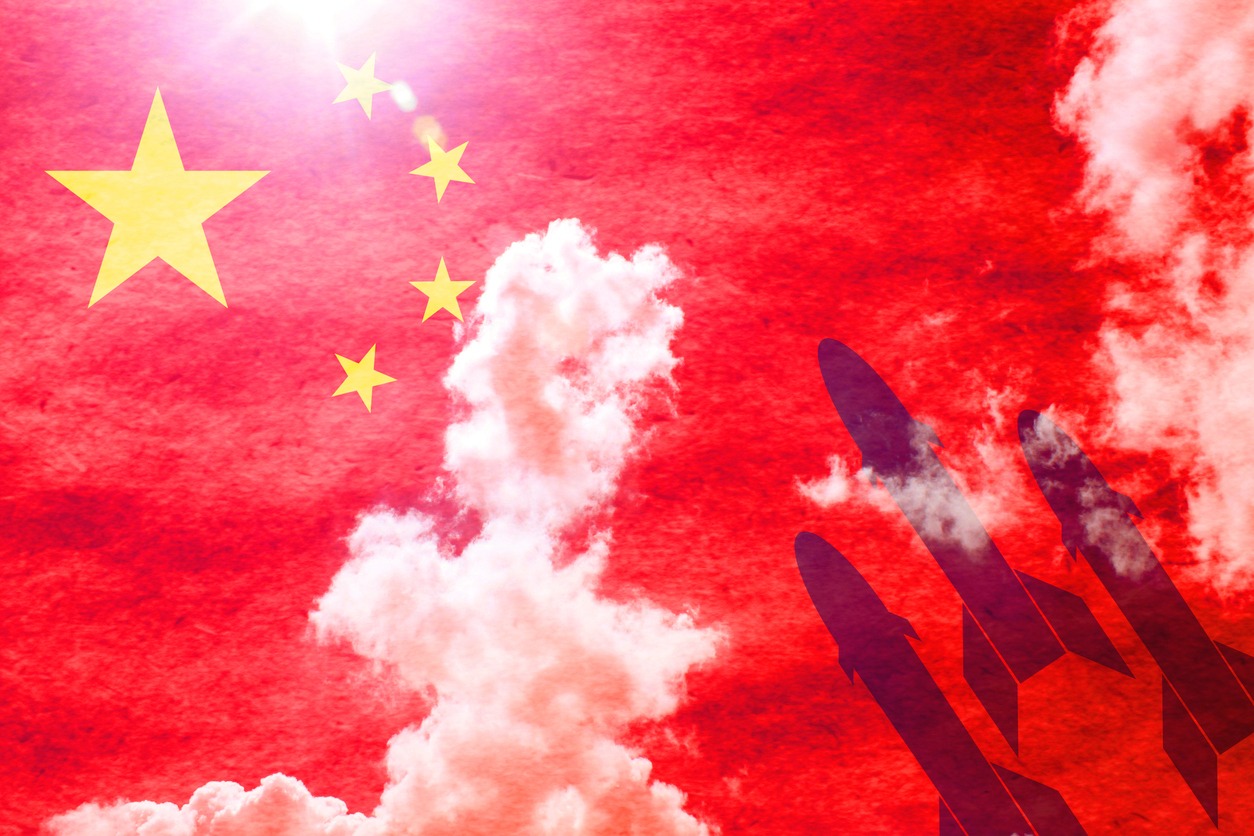Political Drivers of China’s Changing Nuclear Policy
CARNEGIE ENDOWMENT FOR INTERNATIONAL PEACE
APLN member Tong Zhao wrote a report on China’s nuclear policy, examining the underlying drivers of significant changes in the size, composition, operational posture, and developmental goals of China’s nuclear forces. He offered recommendations for both containing political rivalry and implementing operational-level measures to stabilize U.S.-China nuclear relations.
This report provides a comprehensive examination of China’s prevailing nuclear perspectives and policymaking mechanisms, shedding light on the underlying political challenges and potential strategies for managing them. To strive for an objective examination, the report presents and evaluates Chinese perspectives and, to the extent possible, refrains from injecting the author’s personal judgments about them. The report’s descriptions of Chinese (and American) perspectives should not be interpreted as an endorsement.
The report begins with an introduction of the growing role of political considerations and the declining importance of technical factors in China’s nuclear policymaking. Chapter 1 traces the chronology of China’s recent decisions to expand its nuclear capabilities, detailing how Xi’s anticipation of escalating tensions between Washington and Beijing prompted an initial decision to augment Chinese nuclear forces. The subsequent decline in bilateral relations further solidified the Chinese leader’s perception of an existential threat, resulting in a further acceleration of the nuclear buildup. The chapter underscores how both insecurity and ambition drive Xi’s belief that China needs a greater nuclear capability to influence U.S. perception of the international balance of power and to shape the United States’ overall approach toward China.
Chapter 2 delves into domestic decisionmaking processes in China, scrutinizing domestic actors’ varied influences on the country’s nuclear expansion strategy. As Xi has consolidated power, China’s traditional nuclear policy experts have become increasingly sidelined in a policymaking system that is more closed-off and secretive. Concurrently, Xi has overturned previous leaders’ constraints on the military’s nuclear modernization, giving the military an important mandate to fast-track nuclear development. This shift has had profound effects on the coherence of China’s nuclear policy: the high-level political endorsement shields China’s military—the People’s Liberation Army (PLA)—from external oversight while it makes operational-level decisions. The PLA’s growing interest in acquiring escalation management capabilities, partly driven by the heightened security situation in the Taiwan Strait, carries significant implications for U.S.-China nuclear stability.
Chapter 3 explores the intricate relationship between nuclear stability and political stability in the U.S.-China context, highlighting the challenges posed by the two nations’ divergent goals. It conducts a critical analysis of the underlying logic of China’s attempt to enhance political stability by building up its nuclear capabilities. It also examines the political roots of China’s increasingly acute perception of the United States as an existential threat, emphasizing the significant impact of information and perception gaps between U.S. and Chinese societies. In doing so, the report highlights the obstacles Beijing encounters in its effort to foster political stability through a top-down approach and illustrates why separating bilateral nuclear and political issues would be far more challenging than generally anticipated. It then explores how the growing entanglement between bilateral nuclear and political relations influences both arms race stability and crisis stability between the United States and China.
In the last chapter, the report offers recommendations to mitigate both technical and underlying political challenges in U.S.-China nuclear relations. Though these challenges are extraordinarily severe and solutions elusive, the colossal stakes demand exhaustive efforts.
The original article can be accessed on the Carnegie website here.
Image: iStock/BeeBright

